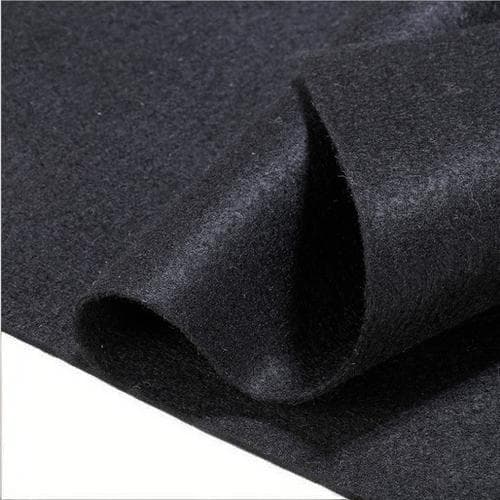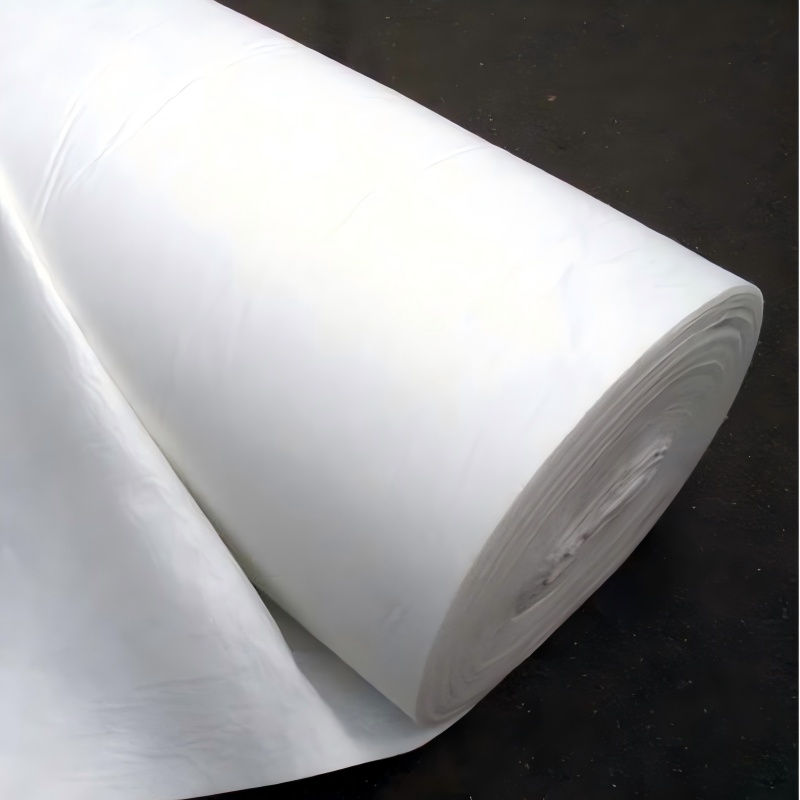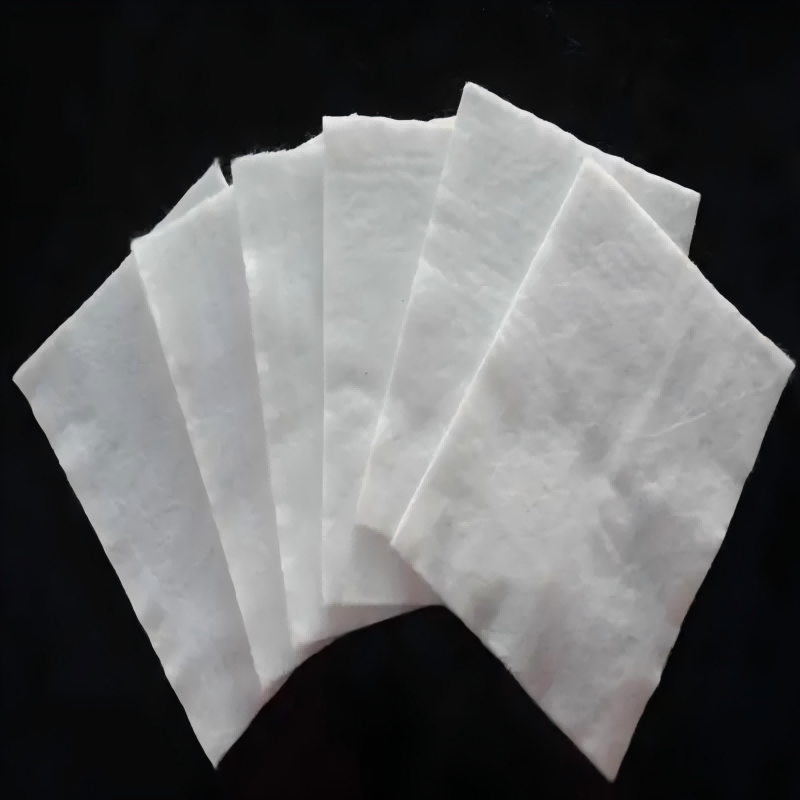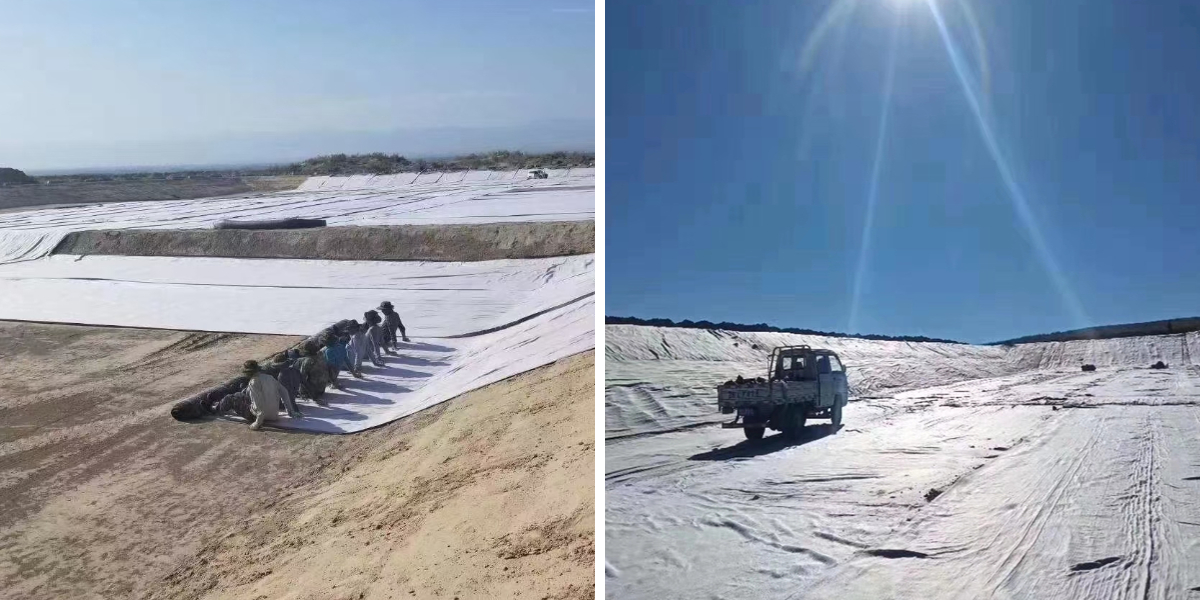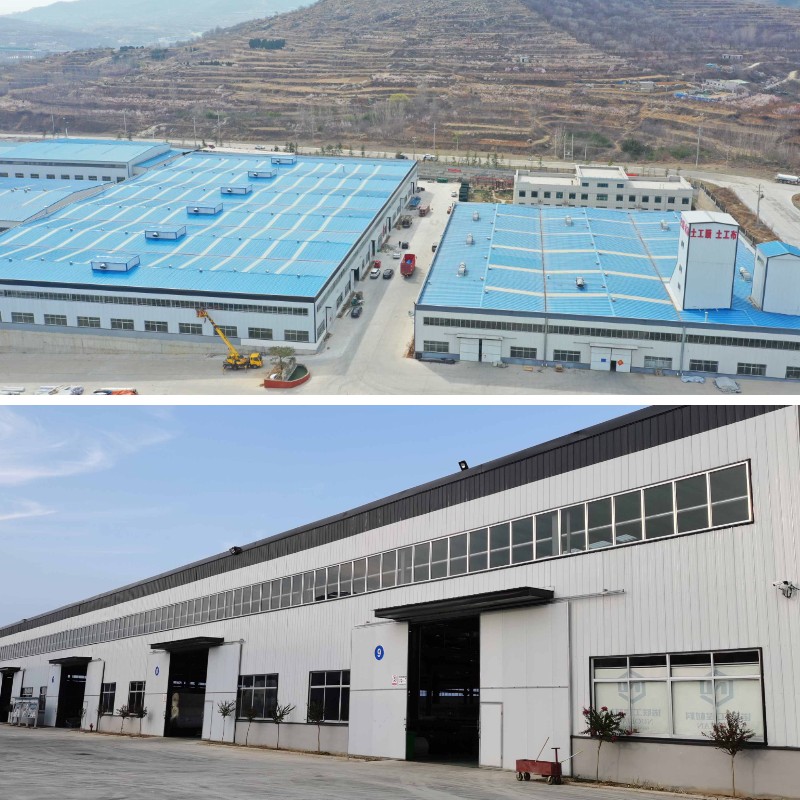Geotextile Filter Membrane
1. Efficient filtration. It can capture sediment and impurities while not obstructing water flow, effectively preventing drainage blockages.
2. Quick drainage. It has fast permeability, can reduce water accumulation, prevent foundation settlement and landslides.
3. Durability. It is corrosion-resistant, anti-aging, and difficult to damage even in harsh environments, with extremely low maintenance requirements.
4. Convenient construction. Lightweight texture, easy to cut and lay, suitable for various terrains, and shortens construction period.
Product Introduction:
Geotextile Filter Membrane is a functional synthetic material designed specifically for geotechnical engineering, water conservancy engineering, and other scenarios. It is made from high-strength synthetic fibers such as polyester (PET) and polypropylene (PP), and is produced through processes such as needle punching, weaving, or thermal bonding. Its core advantage lies in the dual function synergy of "filtration" and "drainage" - it can accurately intercept soil particles, sediment and other impurities, prevent blocking the subsequent drainage system, and ensure the rapid infiltration and drainage of water.
At the same time, it has the characteristics of corrosion resistance, aging resistance, UV resistance, and can work stably for a long time in harsh environments such as acid and alkali soil, wet water, strong sunlight, etc. Compared with traditional filtering materials such as sand and gravel filter layers, it has a lightweight texture, strong flexibility, no need for complex pretreatment, can greatly simplify the construction process, reduce the overall cost of the project, and is a key material for achieving the integration of "filtration drainage protection" in modern engineering.
Product Parameters:
project | metric | ||||||||||
Nominal strength/(kN/m) | |||||||||||
6 | 9 | 12 | 18 | 24 | 30 | 36 | 48 | 54 | |||
1 | Longitudinal and transverse tensile strength / (kN/m) ≥ | 6 | 9 | 12 | 18 | 24 | 30 | 36 | 48 | 54 | |
2 | Maximum elongation at maximum load in longitudinal and transverse directions/% | 30~80 | |||||||||
3 | CBR top penetration strength /kN ≥ | 0.9 | 1.6 | 1.9 | 2.9 | 3.9 | 5.3 | 6.4 | 7.9 | 8.5 | |
4 | Longitudinal and transverse tearing strength /kN | 0.15 | 0.22 | 0.29 | 0.43 | 0.57 | 0.71 | 0.83 | 1.1 | 1.25 | |
5 | Equivalent aperture O.90(O95)/mm | 0.05~0.30 | |||||||||
6 | Vertical permeability coefficient/(cm/s) | K× (10-¹~10-), where K=1.0~9.9 | |||||||||
7 | Width deviation rate /% ≥ | -0.5 | |||||||||
8 | Unit area mass deviation rate /% ≥ | -5 | |||||||||
9 | Thickness deviation rate /% ≥ | -10 | |||||||||
10 | Thickness coefficient of variation (CV)/% ≤ | 10 | |||||||||
11 | Dynamic perforation | Puncture hole diameter/mm ≤ | 37 | 33 | 27 | 20 | 17 | 14 | 11 | 9 | 7 |
12 | Longitudinal and transverse fracture strength (grab method)/kN ≥ | 0.3 | 0.5 | 0.7 | 1.1 | 1.4 | 1.9 | 2.4 | 3 | 3.5 | |
13 | Ultraviolet resistance (Xenon arc lamp method) | Longitudinal and transverse strength retention rate% ≥ | 70 | ||||||||
14 | Ultraviolet resistance (fluorescence UV lamp method) | Longitudinal and transverse strength retention rate% ≥ | 80 | ||||||||
Product Applications:
1.Water conservancy engineering field
Embankment/riverbank protection: laid on the upstream slope of the embankment or at the bottom of the riverbank to intercept sediment, prevent soil erosion, and discharge accumulated water inside the embankment to prevent seepage damage and landslides of the dam body;
Reservoir/pond anti-seepage matching: Used in conjunction with anti-seepage membrane as a filter layer to isolate soil from anti-seepage membrane, prevent anti-seepage membrane from being pierced by sharp particles, and discharge accumulated water on the membrane to protect the anti-seepage structure.
2.Transportation engineering field
Road subgrade drainage: laid between the subgrade and the base layer to discharge rainwater inside the subgrade, reduce soil moisture content, prevent subgrade settlement and frost heave, and extend the service life of the road;
Bridge/Tunnel Engineering: Used as a filter layer for bridge abutments and tunnel arches, to discharge accumulated water around the structure and reduce the erosion of concrete structures by groundwater.
3.In the field of municipal and environmental engineering
Rainwater pipe network/sponge city: As a filter layer of rainwater collection system, it filters impurities such as sediment and fallen leaves carried by rainwater, prevents pipe network blockage, and improves the utilization rate of rainwater resources;
Sewage treatment/landfill site: laid at the bottom of the sewage treatment tank or landfill leachate drainage layer, filters suspended solids in the sewage, protects the drainage pipeline, and reduces pollutant infiltration.
4.In the field of agriculture and mining engineering
Irrigation of farmland/improvement of saline alkali land: used as a filter layer for irrigation channels to prevent soil erosion on channel slopes, while draining excess water from farmland and improving soil permeability;
Mine tailings pond: laid on the dam body or leachate collection layer of the tailings pond to filter tailings particles, prevent tailings loss from polluting the environment, and accelerate leachate discharge to ensure the safety of the tailings pond.
Geotextile Filter Membrane is an engineering functional material made of PET/PP synthetic fiber. Its core advantage is the dual synergy of "filtration+drainage", which can intercept impurities and rapidly drain water. It also has corrosion resistance and anti-aging characteristics, and is light, flexible, easy to construct, which can reduce project costs; It is widely used in fields such as water conservancy, transportation, municipal environmental protection, agriculture and mining, and is a key material for achieving the integration of "filtration drainage protection" in engineering.


